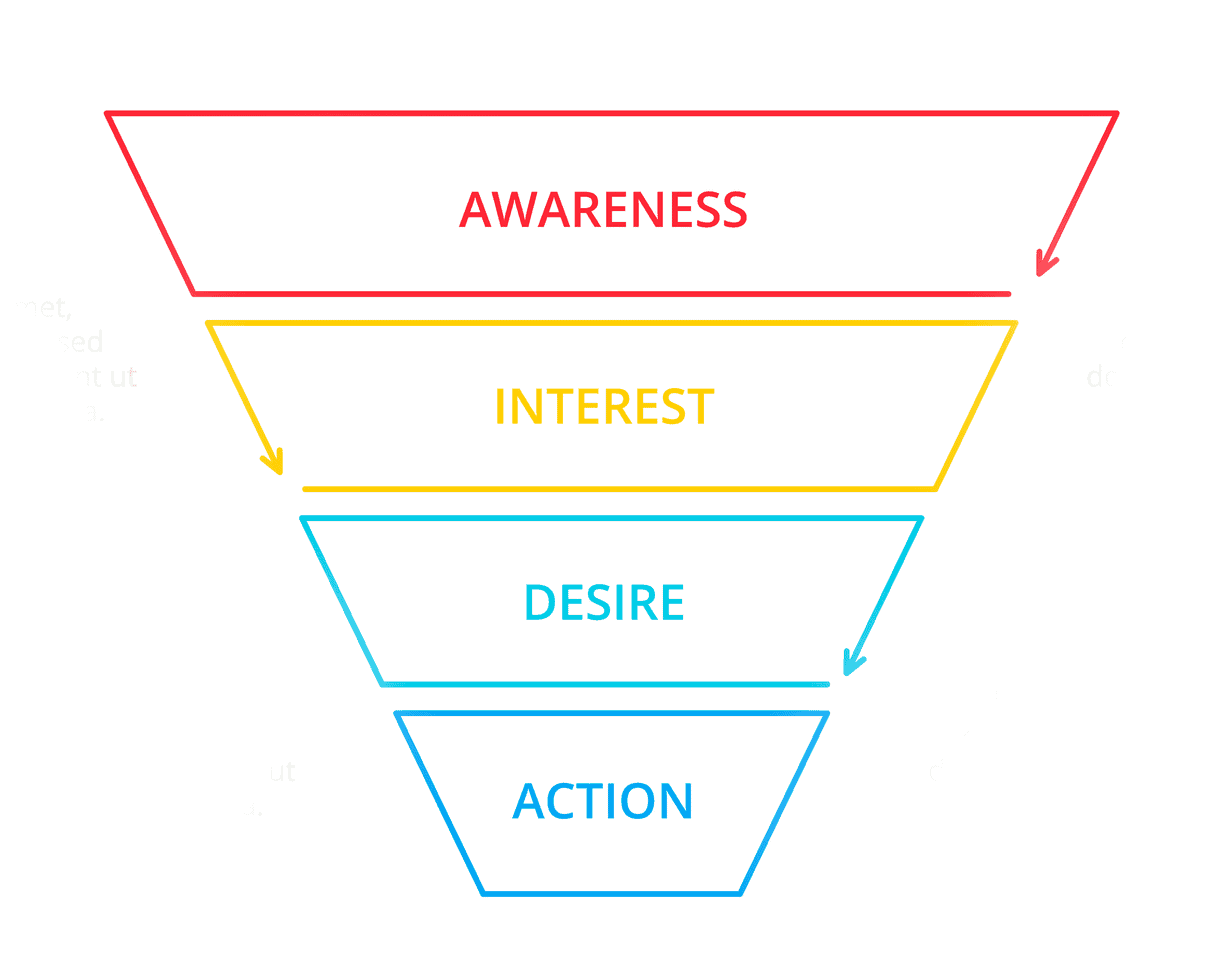
Joshua Dreller
Sr. Director, Content Marketing @ Skai

Joshua Dreller
Sr. Director, Content Marketing @ Skai
Retail marketers must master digital marketing’s three biggest channels to achieve their goals. Paid Search, Social, and E-commerce Advertising offer massive scale to reach virtually every internet user, robust data to target consumers with the right message, and self-service management so practitioners can closely monitor and optimize their programs to drive sales.
Although the marketing funnel has been something so foundational that all students learn about it in their first marketing class, the model has been somewhat downplayed in the modern era. Its critics contend that the world is far too complex these days and that consumers move through purchase paths in a much more non-linear fashion that the funnel can’t capture.
While this may be true, even more sophisticated models detailing the customer journey have roots in the marketing funnel. After all, retail marketers still need to:

For retail marketers, even if the marketing funnel is a bit outdated, it still is a very relevant model as a way to think and approach media planning.
One of the most valuable channels for retail marketers to drive results is search engine marketing. By having a full understanding of how consumers use search engines for shopping, marketers can better optimize their programs for paid search in the retail funnel.
Retail marketers simply can’t ignore the power of Search to help consumers research product purchases. According to Power Reviews, more than 63% of consumers use search engine results as a tool to learn about products they’ve never purchased before.
As part of a full-funnel retail marketing approach, paid search can be used at every stage of the purchase journey to reach your target audience. A shift in Google’s editorial policy now enables marketers to send ad traffic to Amazon, Facebook, and other destinations, which is a huge advantage for retail marketers.
Visibility on search engines when consumers research product decisions is critical to your success. Every relevant search should be considered a potential future sale, whether it’s at the beginning of the purchase path or near the end. You must be there as they search for solutions to their problems without even a product purchase in mind, to counter the claims of competitors, and to navigate consumers to where they can purchase once they are ready to convert.
While search advertising is a proven tactic to get the right message to the right person at the moment they are actively searching, paid search requires a user-initiated search of a brand’s keyword list to trigger an ad. Another limitation is the search text ad format isn’t very engaging or influential on its own and it’s best use is to transport users to richer content that can engage and educate them.
For marketers, the best way to build programs to leverage paid search in the retail funnel is to split them by funnel stage. When crafting these campaigns, put yourself in the mind of the consumer.
After all, it’s no longer your sales path, it’s their buying journey.
How would a consumer start their research for finding your products? What terms would they search for in order to learn more about the features and options that are available? Once they’ve made up their mind to purchase, how do they use search engines to navigate to the best deal?
And for building ads, once again empathy is key. Imagine you are that consumer who is looking to solve their need with a product purchase. What kinds of ads work best at each funnel stage? In the upper funnel, consumers aren’t sure even what they want to buy, so those ads should cater to someone who is still in consideration mode. Towards the bottom of the funnel, ads that appeal to a consumer’s need to save money and get the best deal are key.
Awareness campaigns should be comprised of non-branded, top-level keywords combined with ads that are like doorways that invite consumers to see how your product(s) can help them.
Interest campaigns are like slowly adding fuel to a fire. You’ve got the consumer’s attention. What are their next terms to search and which ads will offer a promise to teach them more?
Desire campaigns are your opportunity to bring in consumers who are exhibiting signals that they are getting close to a decision. The keywords are going to need to be more specific here and the ads should start to have calls to action.
Action campaigns must close the deals. Use your own research to see which of your keywords and ads do the best job of click-to-buy. Those are the ones that can be used to drive action.
Using paid search in the retail funnel properly is a major opportunity for product companies to sell their goods, even if the consumer doesn’t realize at the beginning of their research that your brand is an option.
As the retail media landscape evolves, it becomes essential to gain a deep understanding of where the industry is heading. By delving into the current state of the channel, we gain vital knowledge for the development of innovative technologies and solutions that empower marketers to excel in this rapidly growing sphere.
In this complimentary report, you will discover the latest trends, tactics, and approaches employed by top industry professionals in their retail media endeavors. Whether you are an established marketer or an aspiring professional, you will find valuable guidance and actionable insights to refine your own strategy. Access the report today!
We use cookies on our website. Some of them are essential, while others help us to improve this website and your experience.
Here you will find an overview of all cookies used. You can give your consent to whole categories or display further information and select certain cookies.